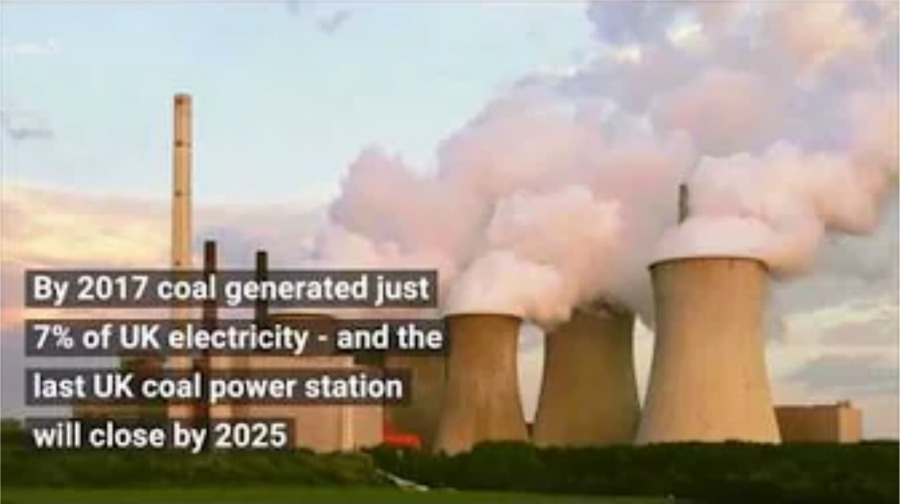About
The UK coal phase-out was widely expected to involve a large, if temporary, switch to gas. This report takes a detailed look at the UK power sector, and reveals that the ‘gas bridge’ is unlikely to materialise: the 2025 coal phase-out will be completed without building large gas plants.
Executive summary
Renewables replace coal, making gas unnecessary
The UK is on track to phase-out coal by 2025 and keep the lights on without building any new large gas plants due to a switch to renewables
In this chapter:
Policy is needed immediately to mitigate the risk of a slower decline in gas use caused by: increasing demand; delayed or cancelled new-build nuclear projects; or a reduced volume of electricity imports. Longer term, the government should look at the role of seasonal energy storage and carbon capture and storage technology in reducing gas emissions to zero.
Supporting Material
Downloads
Acknowledgements
Charles Moore, Phil MacDonald, Dave Jones
GraphicsWilf Lytton
Video (Rugeley Coal Plant / Carrington Gas Plant)Phil MacDonald









